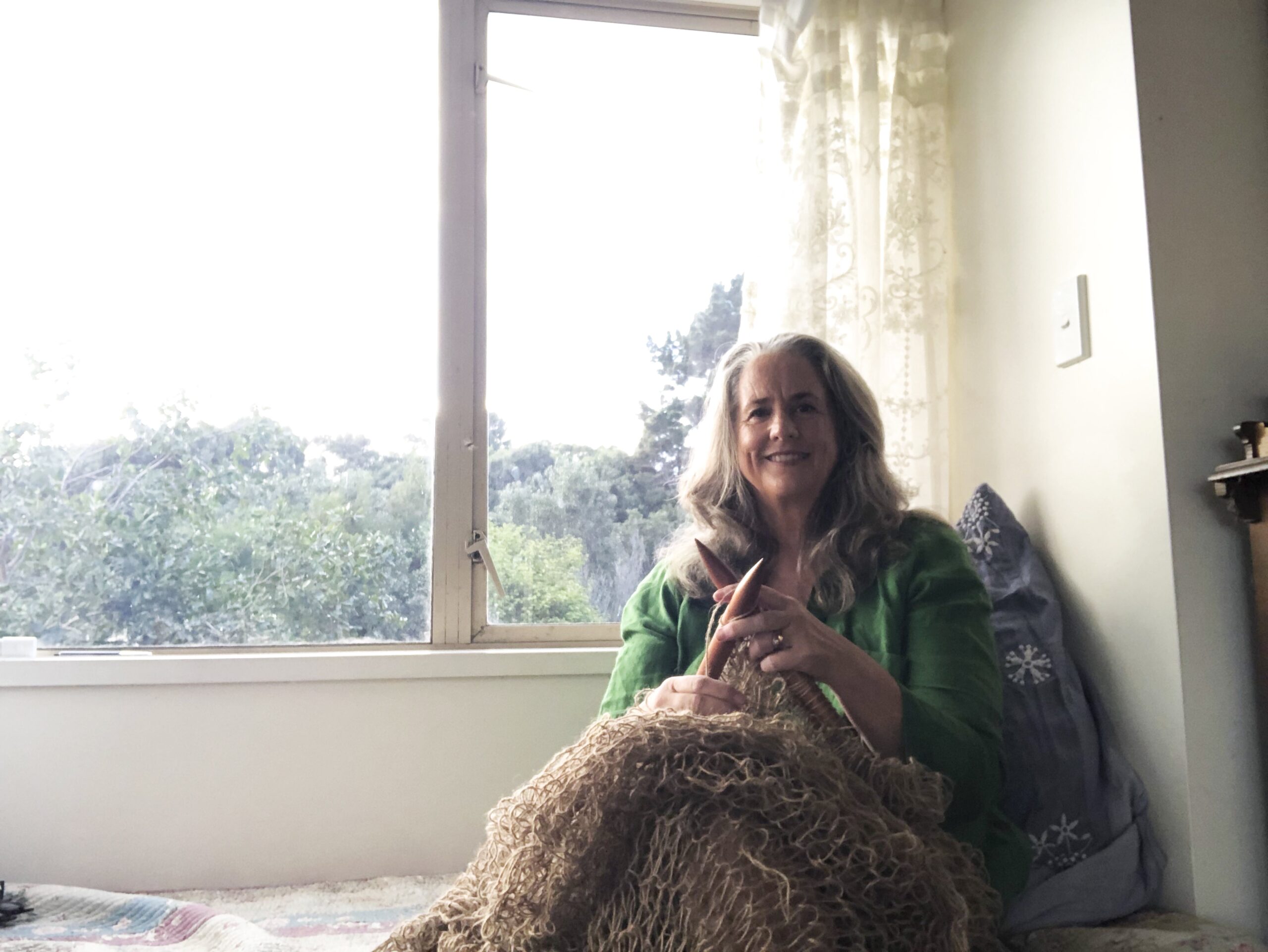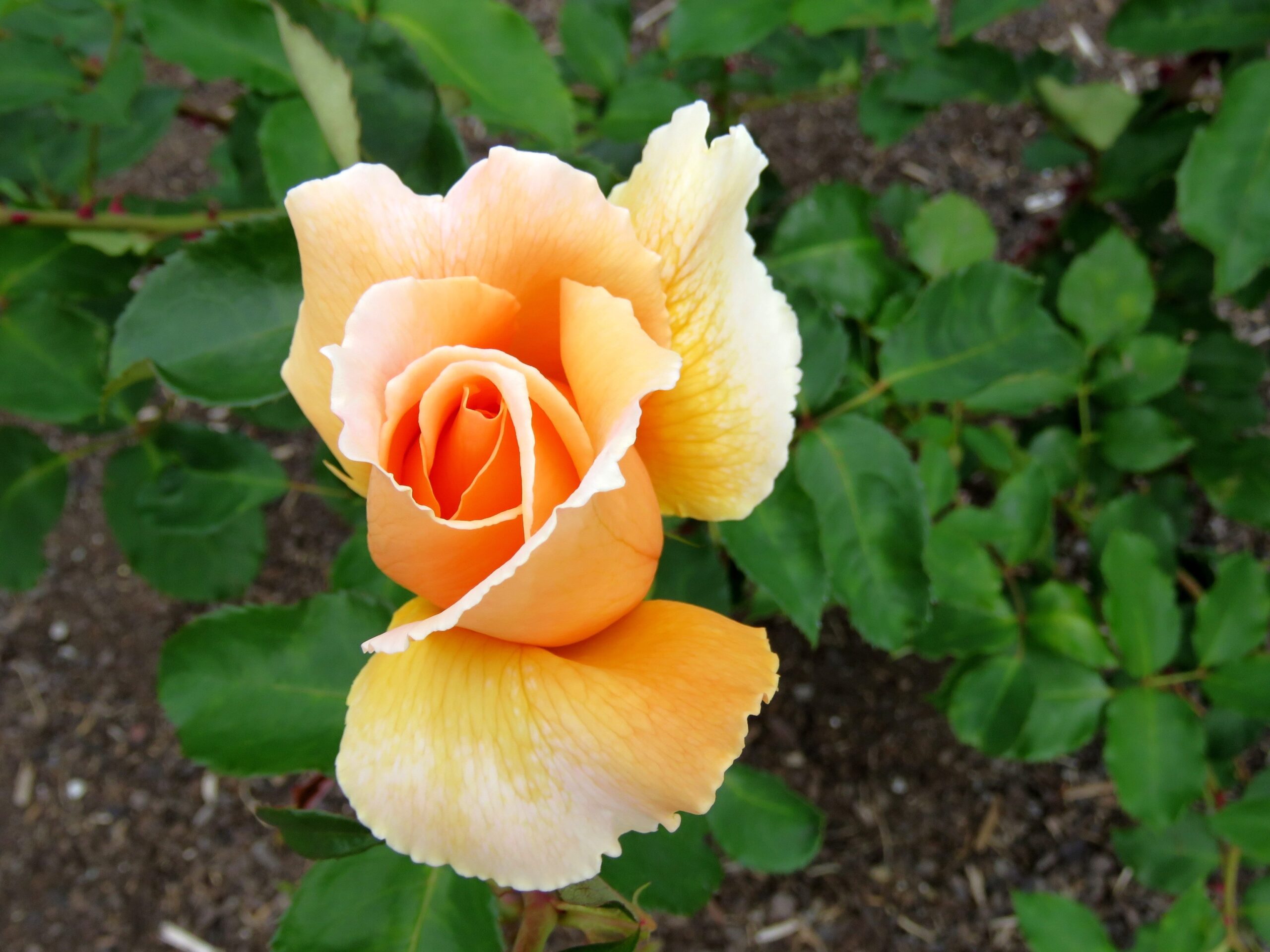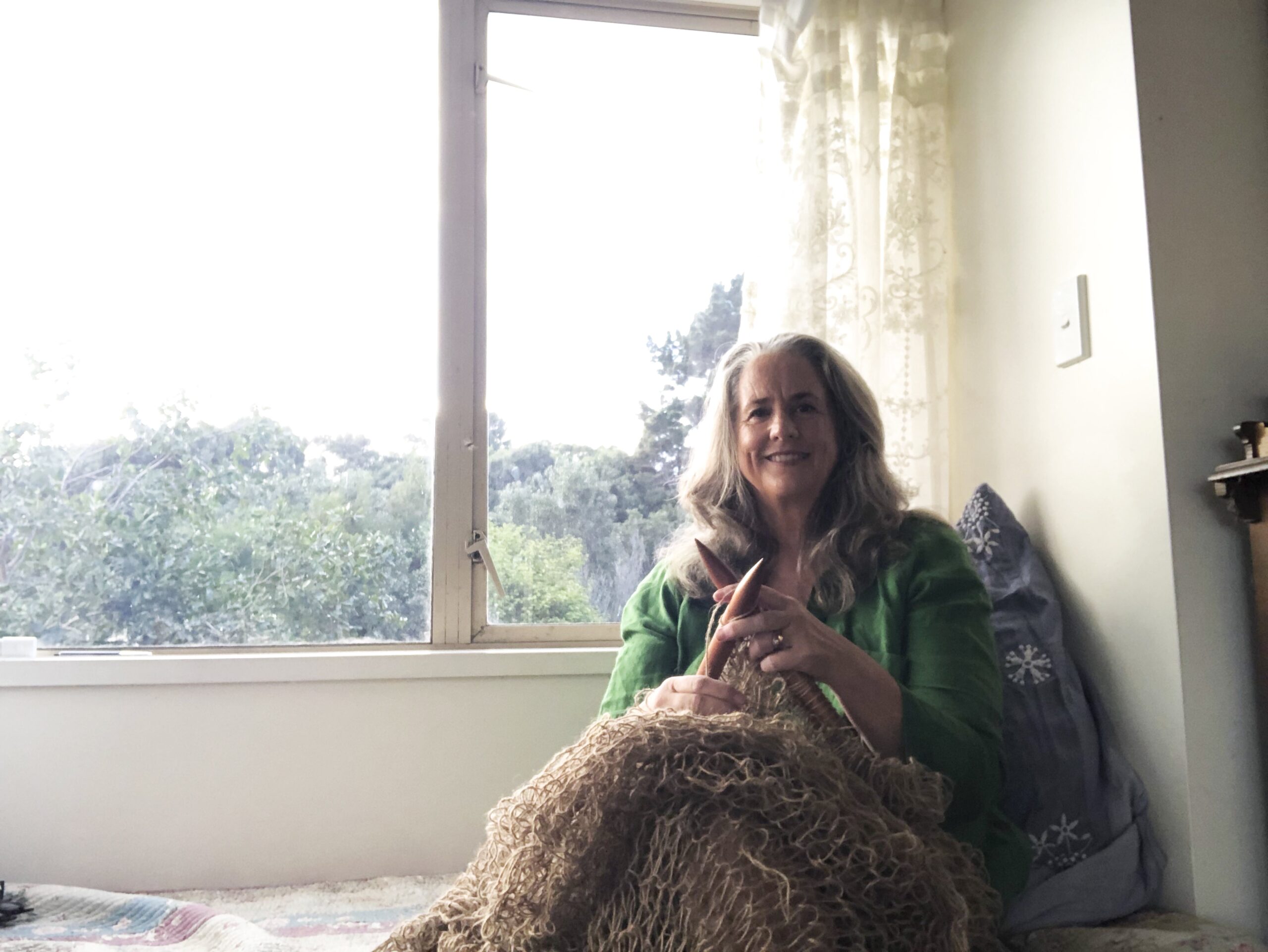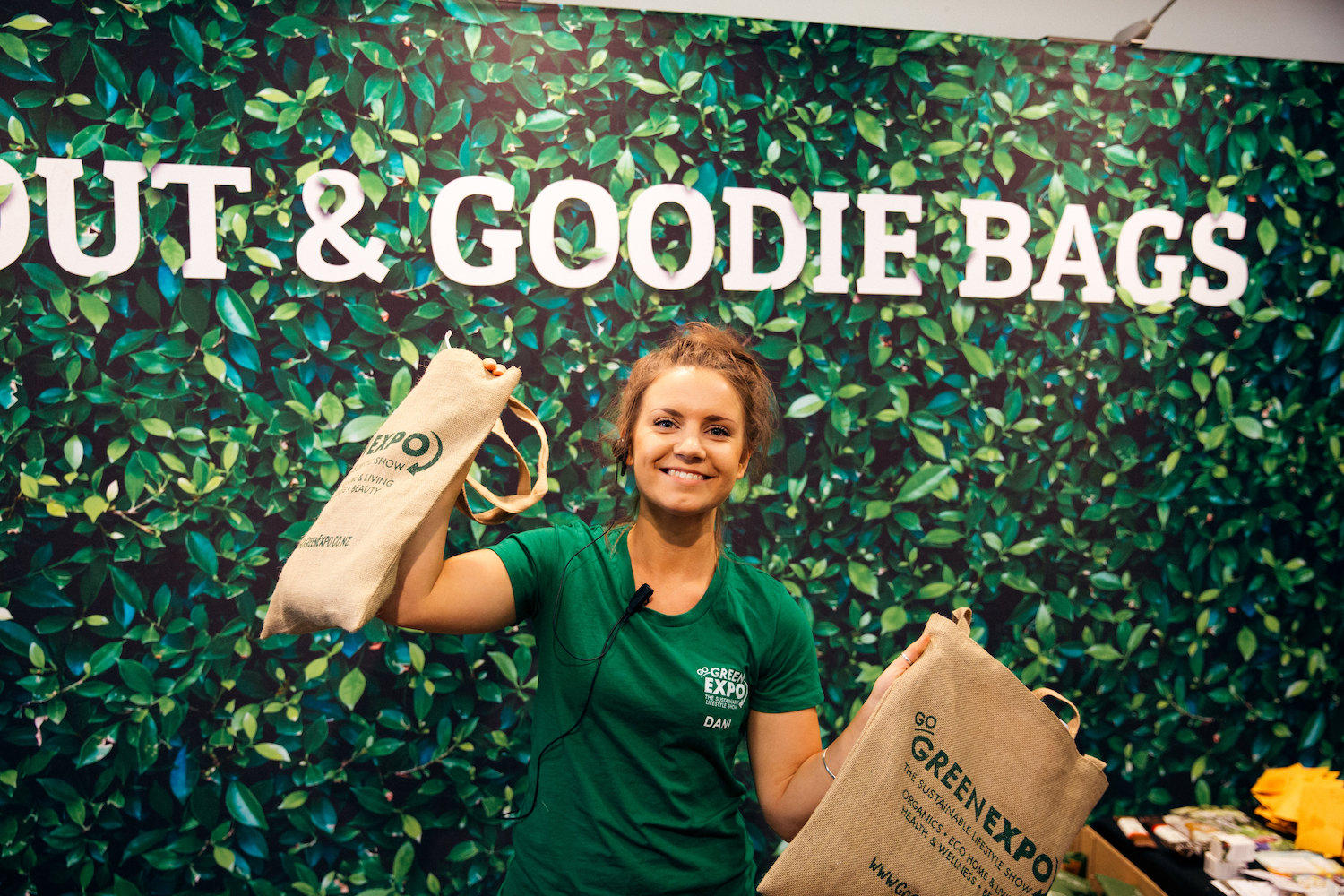Photography Jane Ussher
Wendyl Nissen figures out the freedom of letting go of your expectations and knowing your limitations.
“Know your limitations.”
Those three words were said to me a few months ago when I was visiting my old friend Catriona in Sydney. If anyone else had said this to me I would have told them to shut up, but coming from her, they hit home, hard and fast.
We were talking about gardening. I was describing what was probably my worst summer in terms of growing vegetables. My tomatoes didn’t thrive, my beans died, my cauliflower sulked and produced a few tiny heads… the list goes on.
Part of the problem is that where I live in the Hokianga, it is very dry in summer and prone to drought. As we are on tank water, I’m not inclined to water too often in case I need that water in March and so my plants sulk and then are prone to bugs and viruses. When you garden organically, you know that the healthier the plant, the less likely it is to succumb to pests.
The other part of the problem is that I’m just not a very good gardener. Something I was loathe to accept about myself, but as I talked to my old friend I slowly realised that was the case.
“How about this?” she suggested. “Know your limitations and just concentrate on what you can grow.”
I looked at her smiling face and realised that sometimes in life it takes an old soul who knows your old soul to work things out for you.
I knew I could grow salad greens year-round in my raised garden. I have been doing this for years and I’m a dab hand at rocket, lettuce and mesclun plus spinach, silverbeet and once a pumpkin, which I presume came from my compost and decided to grow over the side and down the raised garden along the lawn.

This garden was the limit of my abilities. A long rectangle measuring six metres by one metre. That was it.
On the plane home I rambled on and on to my husband about how important it is to know my limitations, and how he should probably have pointed this out to me years ago and saved me all the trauma of not being able to keep a big veggie garden going.
He looked at me and said “Like you would have listened.”
Which is true. I don’t like to be told what to do, especially by my husband. But Catriona – well, she’s my inspiration.
I met her 23 years ago when we lived in Sydney and my daughter Pearl went to the same daycare centre as her daughter Lily. The two girls became good friends and so too did Catriona and I.
At the time I was a busy magazine editor, and while I was environmentally conscious, a bit of an old hippy and had intentions of saving the planet, I was just too focused on my career.
But Catriona was to be the one who awakened the Green Goddess I was about to become.
She is an amazing baker who supplied some of Sydney’s best restaurants and so I would pile into the back of her delivery van, sitting on the floor where her tarts and cakes were stacked during the day, and be taken out to eat at restaurants she approved of. And she would teach me about food. About flavours but mostly about how nutritious food, grown properly and in season, not only tastes better but is better for you. For a woman who had been raised on supermarket bread and Chicken Tonight sauces, this came as a revelation.
When we moved back to New Zealand, I started a garden, I baked bread from scratch, I made my own cleaning solutions. I slowly became green and I started writing books about it. As I’m writing this I have just gone to my bookshelf where I keep the 12 books I have written because I’m sure I dedicated one of them to Catriona but it seems I didn’t, which is very rude of me, not acknowledging my mentor. If I write another one, it’s hers.
But back to my limitations. On that plane trip home, I made the momentous decision to turn my huge 10-metre by three-metre veggie patch into a rose garden.
Roses I can grow. They seem to love it in the north, they need very little care over the winter months and in the summer right through to autumn they provide the most delicious, fragrant blooms for my home and for my friends.
I know this because I already have a rose garden by my orchard.
“I’m turning the veggie garden into a rose garden,” I announced to my husband as we came in to land at Auckland Airport.
“We already have a rose garden,” he replied, obviously relieved I had stopped giving him a hard time about not telling me about my limitations.
“I know, but you can never have enough roses in your life,” I said, gazing out of the plane window with excitement.

“Of course,” he said, wisely.
“Great I’ll order 10 rose bushes – they can be my birthday present.”
As it turns out he had already bought my birthday present but was not able to point that out. Knowing my limitations was already becoming a positive for me.
And so, the rose garden is being born. I’m planning a little brick path into it with a seat at the end. There will also be a bird bath and I will have to work around the permanent residents of the garden – my asparagus patch, which basically looks after itself and produces delicious spears every spring; my lemongrass plant, which is also self-care; and the broad beans, which I had already planted along one boundary. Anyone can grow broad beans; every gardener knows that.
I expect receipt of my roses any day now and they have marvellous names such as ‘Chartreuse de Parme’, ‘Lasting Love’ and ‘Heaven Scent’. I did end up ordering 13 and they were all chosen for their strong scent. I have images of me sitting on the seat inhaling the scent of roses most days in the summer.
I know that I may have exceeded my gardening limitations in the planting of this rose garden but after that, apart from some light pruning and watering, my limitations will be happy.
What I hadn’t counted on was the Catriona factor continuing to influence my life.
As I was gathering salad from my raised garden for dinner I realised with horror that covering that garden was plastic netting. Plastic! I’m green, what was I thinking? I know what I was thinking. “Keep those bloody chickens off my salad garden” was my thinking when I bought the cheap netting and placed it over the garden.
“What would Catriona do?” I asked myself.
Fish net, came the answer. Catriona’s husband is a boat restorer so of course she would turn her mind to maritime pursuits and the recyclability of a net made of string.
Before I knew it I was ferreting around in my knitting box to find the pair of size 25 wooden needles I had bought a few years ago when there was that craze of knitting bath mats and blankets on massive needles. I did knit a few bath mats but their welcome wore out the longer I used them and realised that they were really just mats with big holes in them.
Next, I found a roll of jute twine. Jute is grown without chemicals, with less water than cotton and is biodegradable.
I knitted a square to see what would happen. It turned out to be a very acceptable net capable of deterring even the most determined chicken.
The next day I bought 1,000 metres of jute and sat down to knit a six-metre by two-metre net.
Knowing my limitations was not something I thought about that day.
I did think about it a week later when I was still knitting the damn thing. I had chosen to knit it alongside a delicate three-ply baby cardigan, which had to be done by my granddaughter’s first birthday in a few weeks.
The pressure was on. Cardi was knitted in the afternoons when I listened to an audiobook in the sunroom. The net was knitted in front of the TV at night because I didn’t need to concentrate too much.
Finally, both were finished. The cardi was a big hit at the first birthday party (purple with little baby lambs on the front). The netting, when applied to my raised garden was not such a success.
I had been imagining something that would be very French country in appearance. People would visit and marvel at the bamboo stakes, the tiny recycled glass jars on top of them to act as guides for the wonderful, natural netting to flow over shrouded in morning mist.
What I got was more industrial chic. Even though I had measured my raised garden. Even though I made my husband visit the garden with my netting and hold the other end while I lay it on the garden to measure it at least six times during the knitting process. Even though I was sure it was big enough and cast off triumphantly, it was not.
The metre-high bamboo poles had to be hastily chopped in half, my netting had to be stretched and stretched to fit over them. And to my dismay there were some ugly holes in my piece of knitting that had gone unnoticed while I was binge-watching Borgen.
“I’m very disappointed in my netting,”
I confessed to my husband that night. “I’m writing about it for Good and everyone’s going to laugh at me.”

He sweetly replied, “I don’t know why you had any expectations of it, nobody has ever done this before.”
Which was true – to my knowledge.
Then as I slowly got used to seeing my misshapen, holey net over the next few days, I realised that knowing your limitations was also perhaps about not being so bloody fussy.
That living without plastic meant that sometimes the things you use instead hark back to an older time when things didn’t have to look perfect.
Then I went down to harvest some salad and found one of our cats sleeping on it in the sun, using it as a hammock. I also realised that it was easier to unhook to gather my salad than the plastic one.
At $9 per 100 metres of jute, it had cost me $90, which isn’t bad for something handcrafted, long-lasting and eco-friendly, even if it was ugly. And a minor benefit was that my wooden knitting needles which had been pale when I started were a glorious golden hue when I finished due to the small amount of oil emitted by the jute twine.
And then I decided to share my pattern with you:
Jute Garden Netting
You will need: One pair of size 25mm wooden knitting needles. Approximately 60 metres of jute twine per metre of garden. It is best to knit a square to check for your gauge and work it out from there but my advice would be to be prepared to buy a few more rolls if you need them. Mine cost $9 for a 100-metre roll.
Pattern
To cover (just) a 1-metre-wide raised garden cast on 50 stitches. To be safe, cast on 60 if you like. Knit each row until it is long enough. Simple!
NB I showed a picture of my knitted net to my daughter who has suggested to achieve the French country look I was hoping for I could knit another one and sew them together. Once I’ve finished sulking I might just do that.







